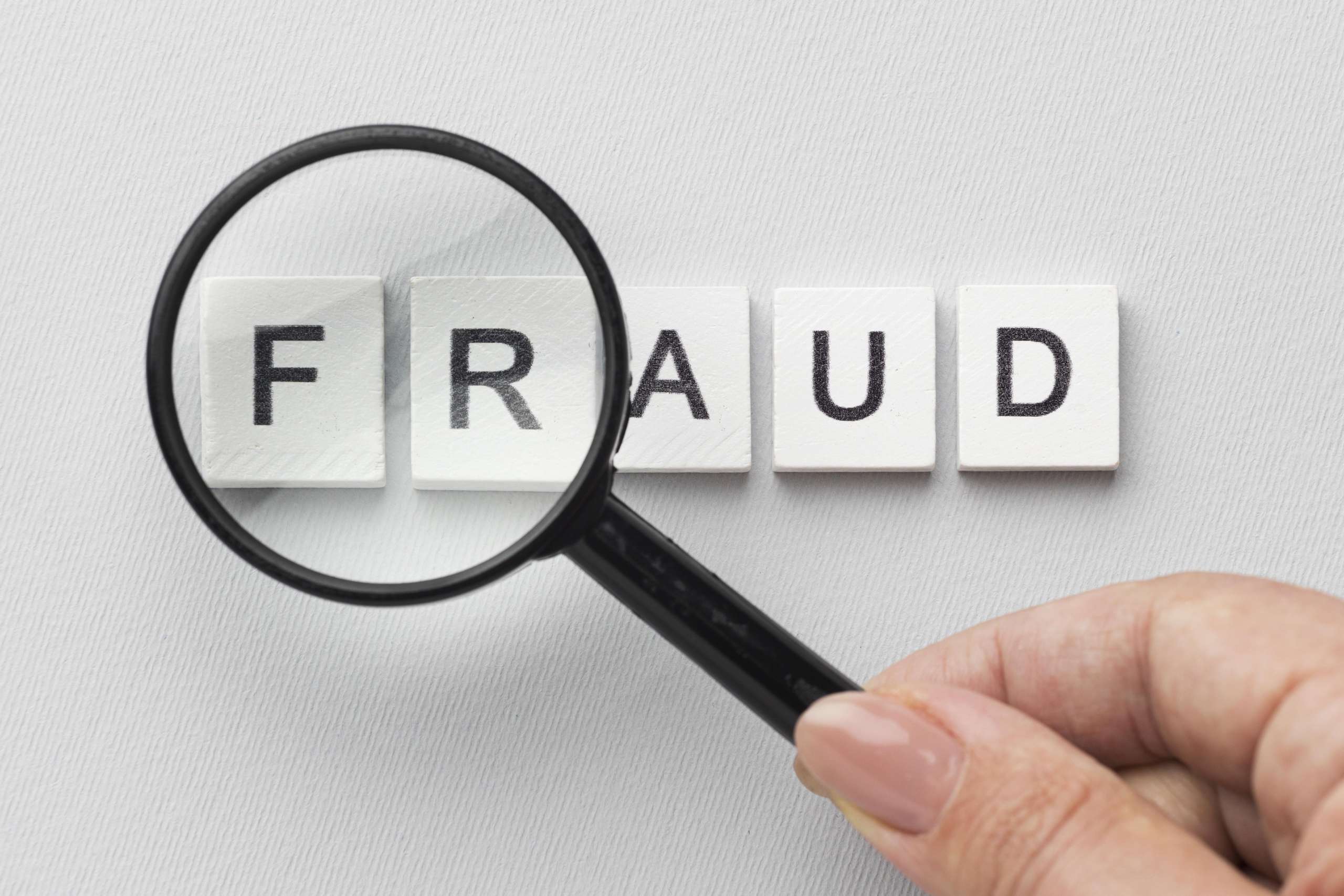Organizational fraud is a silent predator that continues to plague businesses of all sizes. From small startups to medium companies to multinational corporations, the risk of financial loss due to fraudulent activities is ever-present.
To minimize fraud risk, you must understand the different ways these organizational frauds occur. Armed with this knowledge, you can easily detect red flags and build preventive and mitigation measures to control them.
In this article, we will look at the two types of organizational fraud, and the common ways they occur in organizations.
Types Of Fraud: Misappropriation Of Assets & Fraudulent Financial Reporting
There are two types of organizational fraud: misappropriation of assets and fraudulent financial reporting. Misappropriation of assets refers to the misuse or theft of organizational assets by individuals or employees with access to those assets. Misappropriation of assets manifests as theft of cash or inventory, embezzlement of funds, or fraudulent expense claims. As stated in the ACFE Report To the Nations, the misappropriation of assets accounts for 86% of all reported fraud cases, making it the most common fraud in organizations. Also, it is the most difficult type of fraud to detect, and it can go on for a long time without being detected.
Misappropriation of assets is divided into cash misappropriation and non-cash misappropriation. Cash misappropriation is more common than non-cash misappropriation. It is essential to understand that you cannot totally prevent this type of fraud in your organization, but quick detection and a strong internal control system can help minimize and protect the organization from potential damage.
On the other hand, fraudulent financial reporting refers to losses caused by the manipulation of financial details and statements to deceive stakeholders, including regulators, creditors, and investors. This type of fraud is very strategic and intentional. It can manifest in several ways, including understating expenses, overstating revenue, or misrepresenting assets and liabilities. They are less common than asset misappropriation but require a high level of sophistication and access to perpetrate. An independent audit system, a strong internal environment, and control processes can significantly reduce fraud.
Common Fraud Schemes Under The 2 Types Of Fraud (See ACFE 2020 Report To The Nations)
As stated in the ACFE 2020, there are nine common fraud schemes involving the misappropriation of assets and three common fraud schemes involving fraudulent financial reporting. Let’s look at what each of them entails and the various ways they occur in organizations.
Misappropriation Of Assets: 9 Common Fraud Schemes
- Skimming: This involves stealing cash before it’s recorded in the company’s books. It is usually called an “off-book” fraud. Examples include:
- A cashier pockets cash from sales without ringing up the sales.
- A bartender is underreporting drink sales.
- Cash Larceny: This refers to the theft of cash already recorded in the books. It’s more difficult to conceal. Examples include:
- Taking part of the cash meant to be deposited in the bank for personal use.
- Stealing from the cash register drawer.
- Billing schemes: This involves an employee inflating invoices or creating false ones to divert funds. Examples include:
- Submitting invoices for fictitious goods or services.
- Overcharging for legitimate purchases.
- Payroll schemes: These involve manipulating the payroll system for your personal benefit. It can be in the form of paying ghost workers or overpaying real employees. For instance:
- Creating ghost employees to receive fraudulent paychecks.
- Overstating hours worked.
- Expense Reimbursement Schemes: This involves employees submitting false or inflated expense reports to get unauthorized funds or reimbursement.
- Submits a receipt for a personal dinner as a business expense to get reimbursed by the company.
- Submitting fake receipts.
- Cheque tampering: This involves altering the checks to divert funds to themselves instead of the intended payee. Examples include:
- Changing the payee on a cheque.
- Forging signatures.
- Cash Register Disbursements: This includes creating unauthorized refunds or voids processed at the cash register to benefit oneself. Examples include:
- Issuing false refunds.
- Voting sales to pocket the cash.
- Theft of Other Assets: This involves stealing physical or intellectual property other than cash. It can be as small as stealing stationery or office toiletries to use at home for personal use.
- Stealing inventory
- Privately selling office items
- Misuse of Other Assets
This refers to the improper use of a company asset that is not cash. It ranges from tangible items to intangible resources. Examples include:
- Employees taking home merchandise
- Using company vehicles for personal use.
Fraudulent Financial Reporting: 3 Common Fraud Schemes
- Fictitious Revenues: This refers to creating and reporting revenues that do not exist to inflate earnings and mislead stakeholders about the company’s financial performance. You might think that this fraud is harmless, which it is not. It can mislead stakeholders and make them make decisions based on inaccurate financial information, which is dangerous to the company. Also, the company may face legal action, fines, or sanctions from regulatory bodies for fraudulent reporting. It can also cause reputational damage. Examples include:
- Recording sales for products that were never sold or delivered will inflate revenue figures, making it appear more profitable than it is.
- Recognizing revenue from contracts that have not yet been signed or services that have not been rendered to secure funding or meet targets.
- Misstated Liabilities and Expenses: This type of fraudulent financial reporting entails underreporting or not recording liabilities and expenses to inflate the company’s finances. This type of fraud can lead to legal penalties and damage to the company’s credibility and is used to mask operational inefficiencies. Examples include:
- Delaying to record expenses or liabilities, such as unpaid invoices or pending legal settlements, will make the company look financially healthier than it ideally is.
- Manipulating financial statements by capitalizing expenses that should be expensed immediately to reduce reported expenses and inflate net income.
- Improper Asset Valuations: This refers to overvaluing assets to inflate the company’s finances, making the company look more profitable. The effect of this is that it attracts scrutiny from regulators and auditors, which can result in penalties. Also, the company might face significant financial distress if these misclassified or inflated assets are withdrawn, thus causing large losses. Examples include:
- Overstating the value of inventory by using inflated market values to mislead investors about the company’s financial status.
- Misclassifying assets to avoid depreciation or impairment will give the company a false financial status.
Final Words
At Mac Adebowale Professional Services, we urge you to take proactive steps to safeguard your organization against the ever-present threat of fraud. Our experts are ready to assist with tailored solutions to protect your business from financial loss. Contact us today at emails@macadebowale.com or macadebowaleadvisory@gmail.com.





